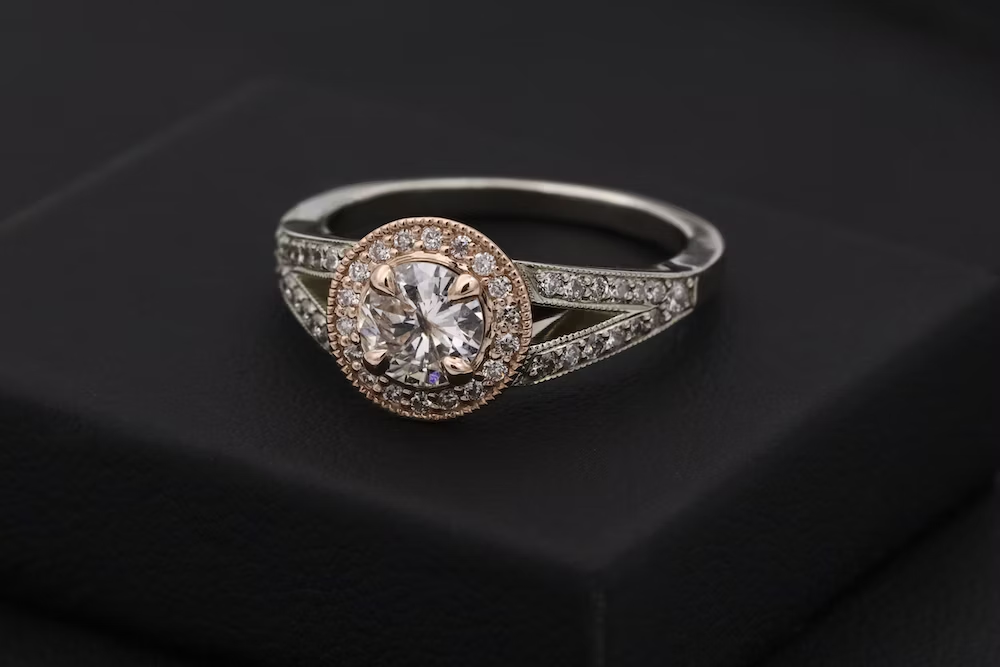Selecting a Diamond by a Budget

Selecting Diamond by Budget: Shop Like a Pro
Introduction
Purchasing a diamond can be an exhilarating yet daunting task, especially when working within a budget. Understanding the intricacies of diamond selection is key to making a wise investment without compromising on quality and beauty. This guide will walk you through the essential steps to select the perfect diamond that aligns with your financial plan.
Understanding the 4Cs
Before diving into budget-specific advice, it's crucial to grasp the basics of diamond quality, primarily determined by the 4Cs: Cut, Color, Clarity, and Carat Weight.
- Cut: The cut dictates a diamond's brilliance and sparkle. A well-cut diamond will appear more luminous and is often more desirable, regardless of its size.
- Color: Diamond color grades range from D (colorless) to Z (light yellow or brown). Generally, the closer to colorless, the higher the value.
- Clarity: This refers to the absence of inclusions and blemishes. Clarity grades range from Flawless (FL) to Included (I).
- Carat Weight: Carat refers to a diamond's weight. Larger diamonds are rarer and thus more expensive.
Setting Your Budget
The first step is to establish your budget. This will be your guiding principle in making all subsequent decisions. Remember, spending two or three months' salary on a diamond is an outdated notion. Spend what feels comfortable to you.
Maximizing Your Budget
1. Compromise on Color and Clarity
Once you've set your budget, consider where you can make compromises. Often, slight differences in color and clarity can significantly affect the price without a noticeable difference in appearance. For example, a diamond in the G-H color range or VS1-VS2 clarity can offer excellent value.
2. Prioritize Cut
The cut of the diamond is one aspect where compromise should be minimal. A high-quality cut can make a diamond appear larger and more brilliant, which is a smart way to maximize your budget.
3. Consider Carat Weight Strategically
Sometimes, opting for a diamond just below the standard full or half-carat weights (like 0.9 instead of 1 carat) can result in a noticeable price difference without a significant impact on size.
4. Explore Alternative Shapes
Round diamonds are the most popular, but they’re also the most expensive. Consider other shapes like oval, marquise, or cushion, which can appear larger and are often more affordable.
Where to Shop
1. Certified Retailers
Always buy from reputable, certified retailers. Ensure they provide certificates from recognized grading entities like the GIA or AGS.
2. Online vs. Brick-and-Mortar
Online retailers often offer better prices due to lower overhead costs. However, ensure they have a good return policy. Brick-and-mortar stores offer the advantage of seeing the diamond in person but might have higher markups.
Customization and Settings
The setting of the diamond can also impact the overall cost. Simple settings like a solitaire can be more cost-effective and can make the diamond appear larger and more prominent.
Insurance and Warranties
Consider insuring your diamond. This might add to the initial cost but can save you from potential future losses.
Conclusion
Selecting a diamond within a budget doesn't mean compromising on quality. By understanding the 4Cs,


